Dams, Sand Supply Reduction + Habitat Recovery
February 5, 2025
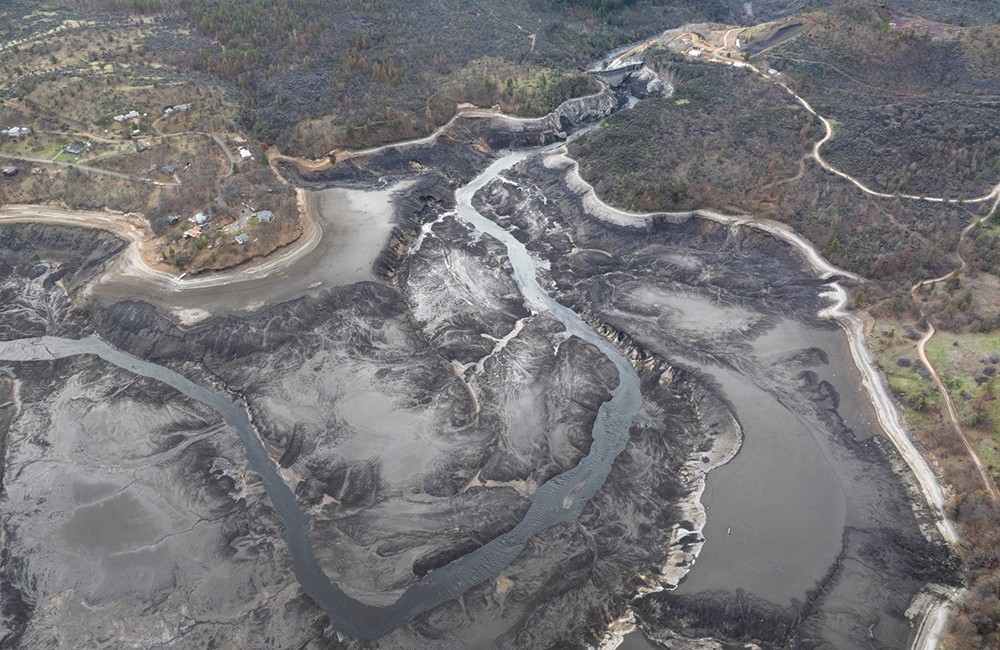
How the Klamath Dams Came Down – Grist Magazine
Excerpt:
Last year, tribal nations in Oregon and California won a decades-long fight for the largest dam removal in U.S. history – This is their story…
At 17 years old, Jeff Mitchell couldn’t have known that an evening of deer hunting would change his life — and the history of the Klamath River — forever.
Over Thanksgiving week in 1974, Mitchell and three friends were driving home to Klamath Falls, Oregon, when their truck hit black ice, careened off the road, crashed into a ditch, and rolled over violently, throwing Mitchell from the vehicle and knocking him unconscious. When he woke up, Mitchell’s leg was pinned underneath the pickup truck, and he could feel liquid pooling around him. At first he thought it was blood. Then he smelled the gasoline. A concerned bystander walked up to him with a lit cigarette in his mouth. “My god, I’m going to burn up,” Mitchell thought. The crash put two of his friends in comas, while the third had emerged unscathed.
If not for the black ice that nearly killed him, Mitchell might never have helped launch one of the biggest victories for Indigenous rights and the contemporary environmental movement in North American history: the demolition of four hydroelectric dams on the Klamath River, a degraded 263-mile waterway that winds through Mitchell’s ancestral homeland and that of four other Indigenous nations. He might never have witnessed the fruit of that victory, the largest dam removal in United States history, when nearly 1.5 million cubic yards of earth and concrete finally came down in October of last year, more than 100 years after the first dam was built. He might never have seen the restoration of one of the largest salmon runs on the West Coast, an event that set a profound new precedent for how the U.S. manages its water.
As climate change causes more extreme swings between wet and dry weather, straining scarce water resources and threatening the survival of endangered species, it has forced a reckoning for the thousands of dams erected on waterways across the country. These dams were built to produce cheap power and store water with little regard for Indigenous rights or river ecosystems, and they continue to threaten the survival of vulnerable species and deprive tribes of foodways and cultural heritage — while in many cases only providing negligible amounts of electricity to power grids. For decades, Indigenous peoples and environmentalists have highlighted how these structures destroy natural river environments in order to generate electricity or store irrigation water, but only recently have state politicians, utilities, and bureaucrats begun to give serious credence to the notion that they should come down.
The removal of the four dams on the Klamath, which were owned by the power utility PacifiCorp, represents the first real attempt at the kind of river restoration that Indigenous nations and environmentalists have long demanded. It is the result of an improbable campaign that spanned close to half a century, roped in thousands of people, and came within an inch of collapse several times. Interviews with dozens of people on all sides of the dam removal fight, some of whom have never spoken publicly about their roles, reveal a collaborative achievement with few clear parallels in contemporary activism.
The fight began, however improbably, with Mitchell’s accident….
More on Dams and Sand Supply Reduction + Habitat Recovery
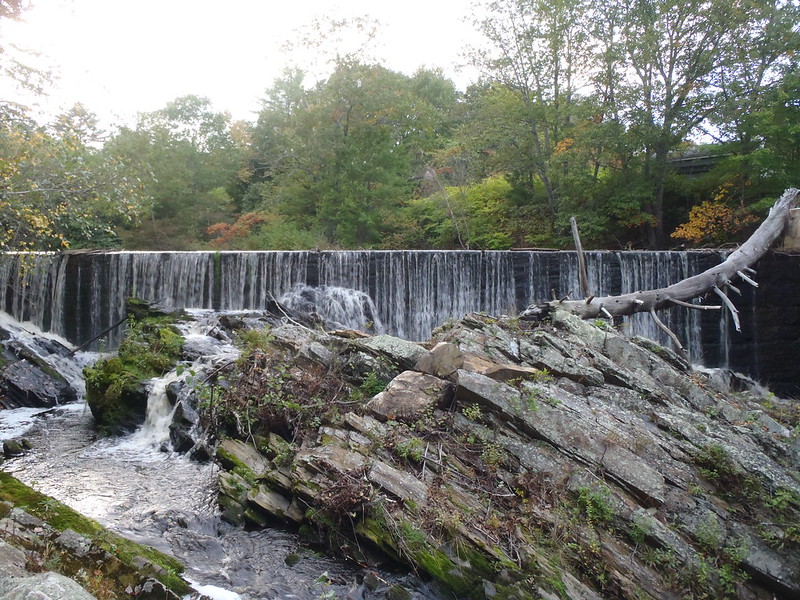
Tearing Down Small Dams Is Helping Restore Northeast Rivers – Yale Environment 360
More than 30,000 small dams currently block river tributaries from Maine to Maryland. New initiatives to remove them are aimed at restoring natural flows, improving habitat for aquatic life, and reopening thousands of river miles to migratory fish, from shad to American eels.
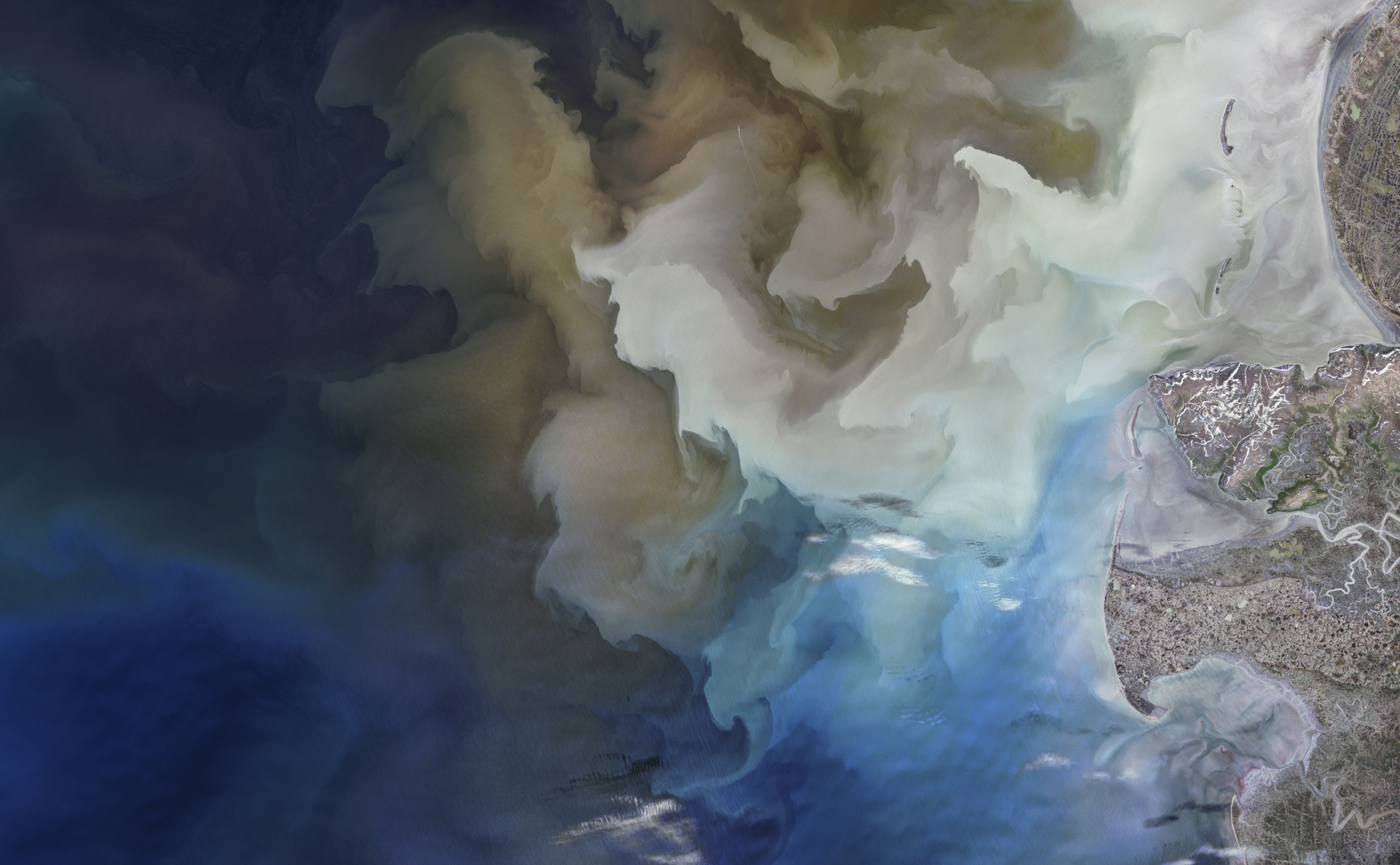
Coastlines Around the World Are Losing Sediment – EOS
A new tool maps coastal sediments on the basis of water color. It shows that 75% of the world’s coastlines may be losing suspended sediment.
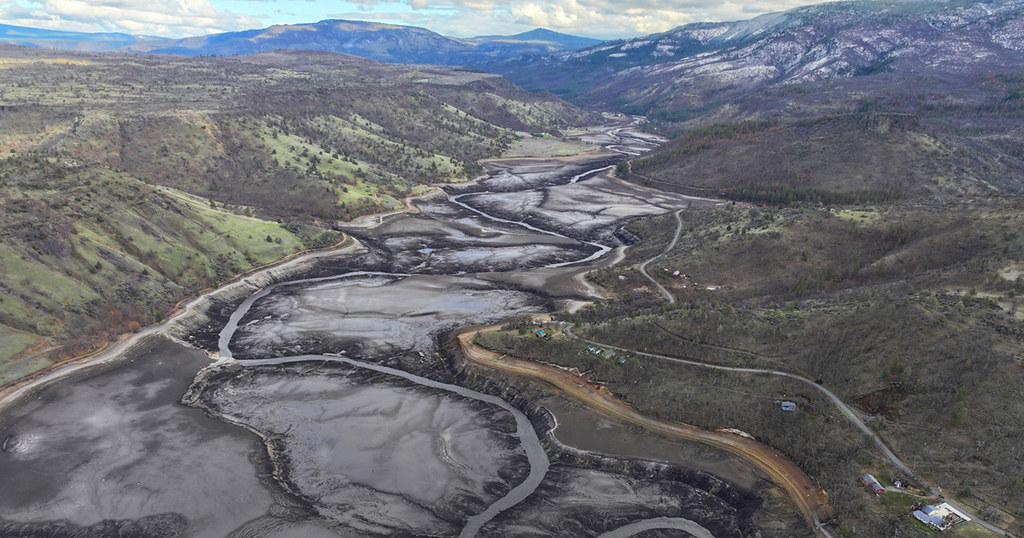
The Other Side of the World’s Largest Dam Removal – Hakai
Removing dams from the Klamath River in Northern California seems like a clear win for fish and rivers. Why do some locals hate it…?
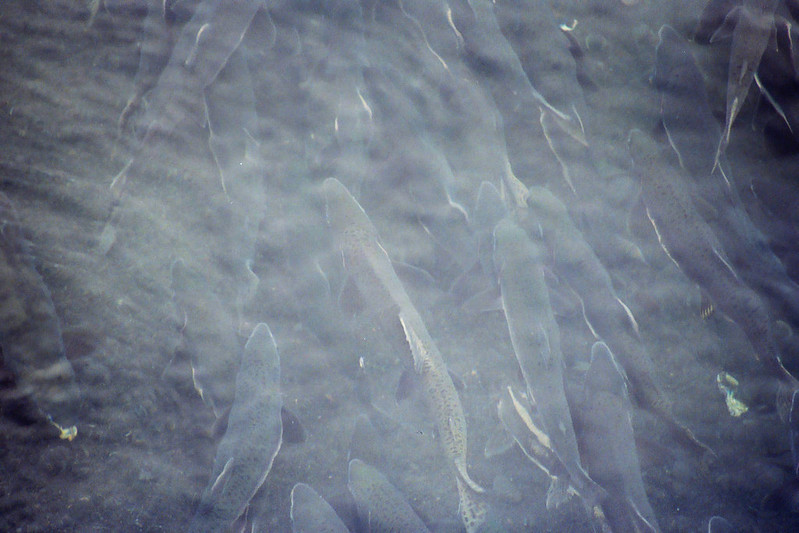
First salmon swims all the way to Oregon after historic California dam removal – San Francisco Chronicle
The massive dam-removal project on the Klamath River began living up to its lofty goal of improving fish passage this week when at least one salmon was observed swimming upriver past the sites of four former dams that had long blocked fish….
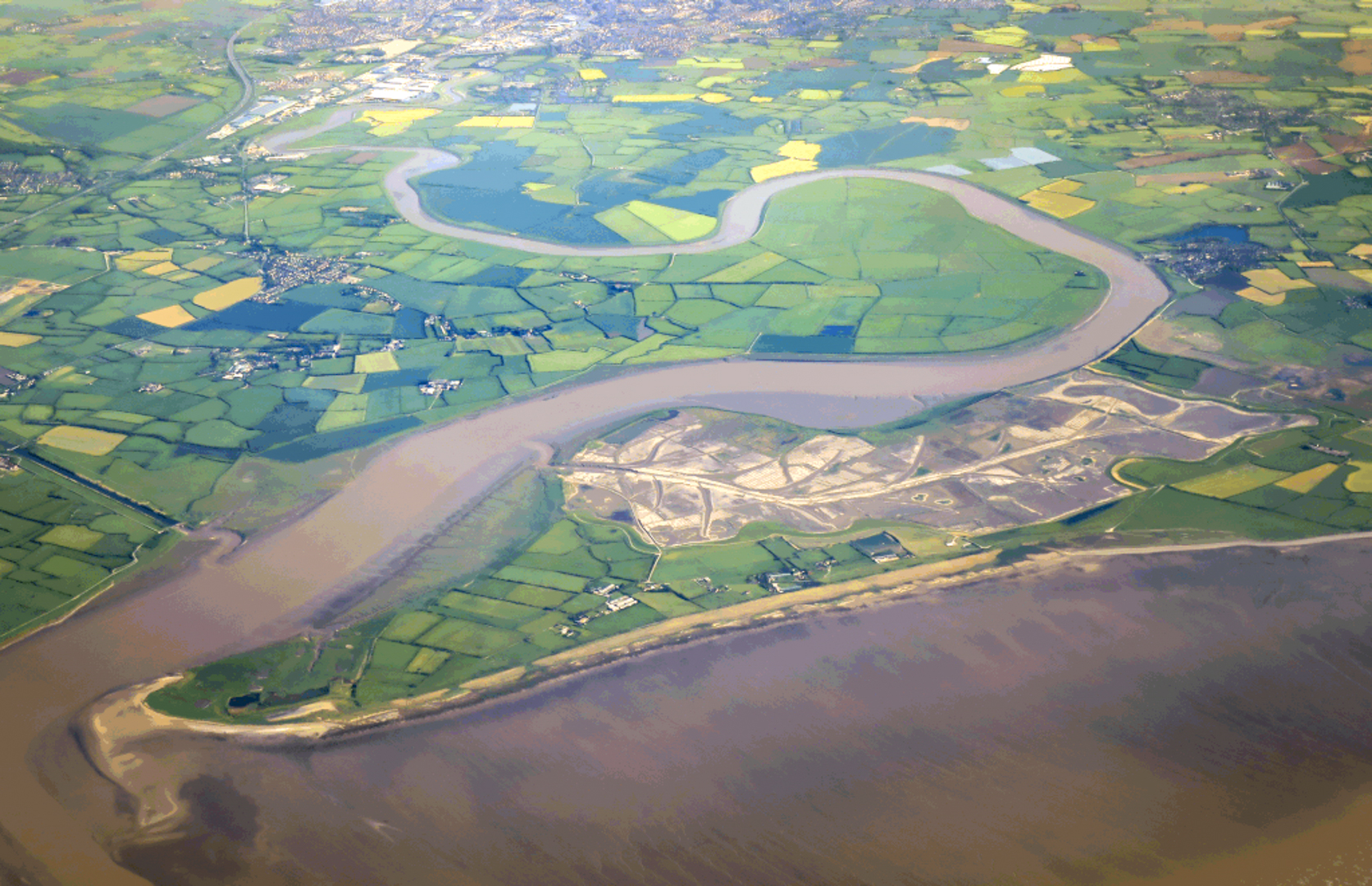
A Radical Approach to Flooding in England: Give Land Back to the Sea – the New York Times
When a huge tract of land on the Somerset coast was deliberately flooded, the project was slammed as “ridiculous” by a local lawmaker. But the results have been transformative…
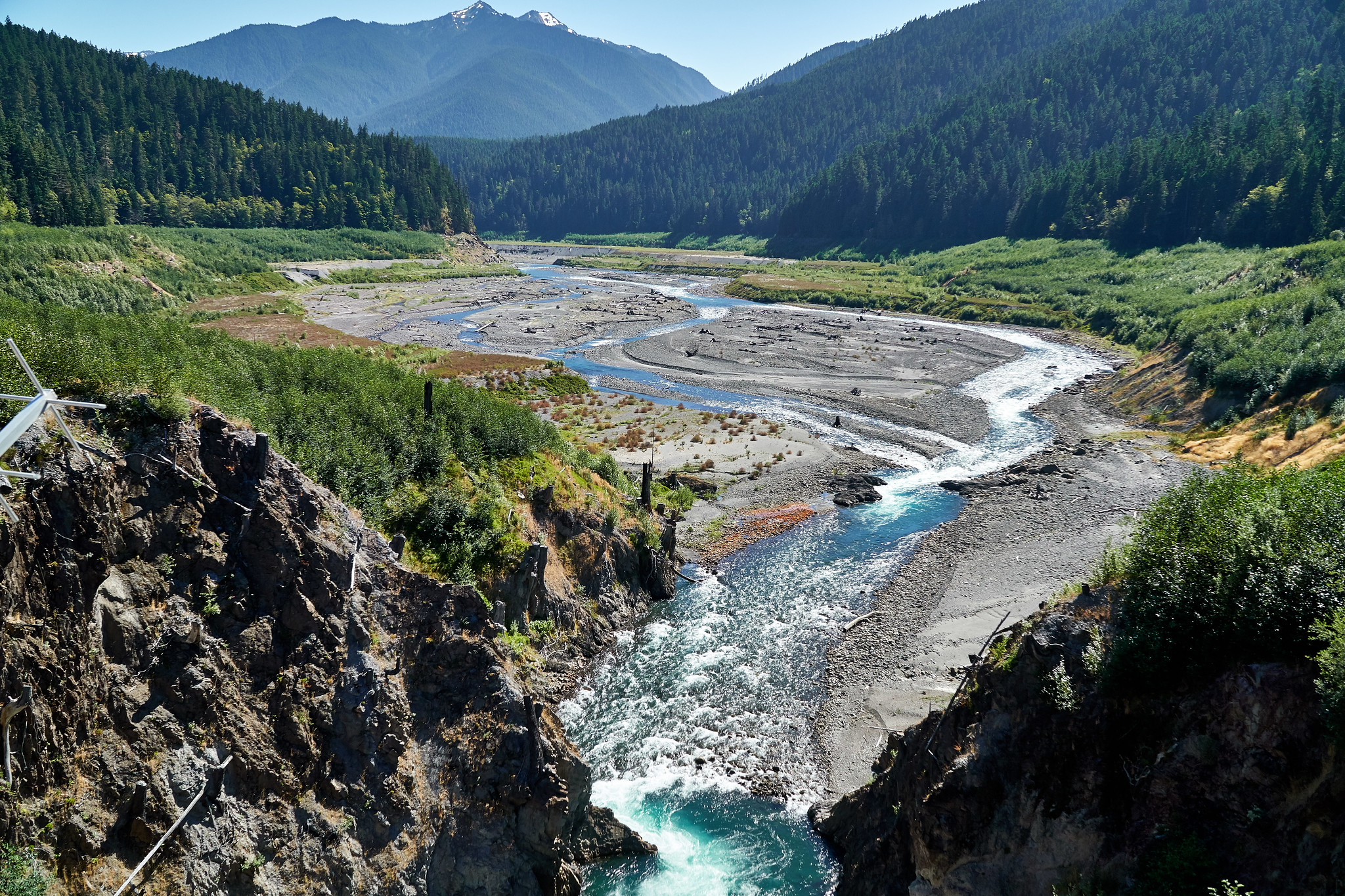
When dams come down, what happens to the ocean? – High Country News | Hakai Magazine
A long-term study of the Elwha River Delta reveals lasting change — and a healthier ecosystem.

California will help return tribal lands as part of the historic Klamath River restoration – the Los Angeles Times
More than a century has passed since members of the Shasta Indian Nation saw the last piece of their ancestral home — a landscape along the Klamath River where villages once stood — flooded by a massive hydroelectric project.
Now more than 2,800 acres of land that encompassed the settlement, known as Kikacéki, will be returned to the tribe. The reclamation is part of the largest river restoration effort in U.S. history, the removal of four dams and reservoirs that had cut off the tribe from the spiritual center of their world…
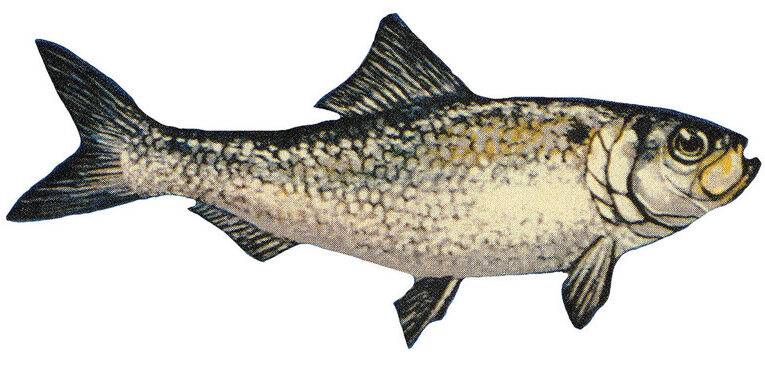
Dammed but Not Doomed – Hakai Magazine
As dams come down on the Skutik River, the once-demonized alewife—a fish beloved by the Passamaquoddy—gets a second chance at life…

No turning back: The largest dam removal in U.S. history begins – NPR
The largest dam removal in U.S. history entered a critical phase this week, with the lowering of dammed reservoirs on the Klamath River…
